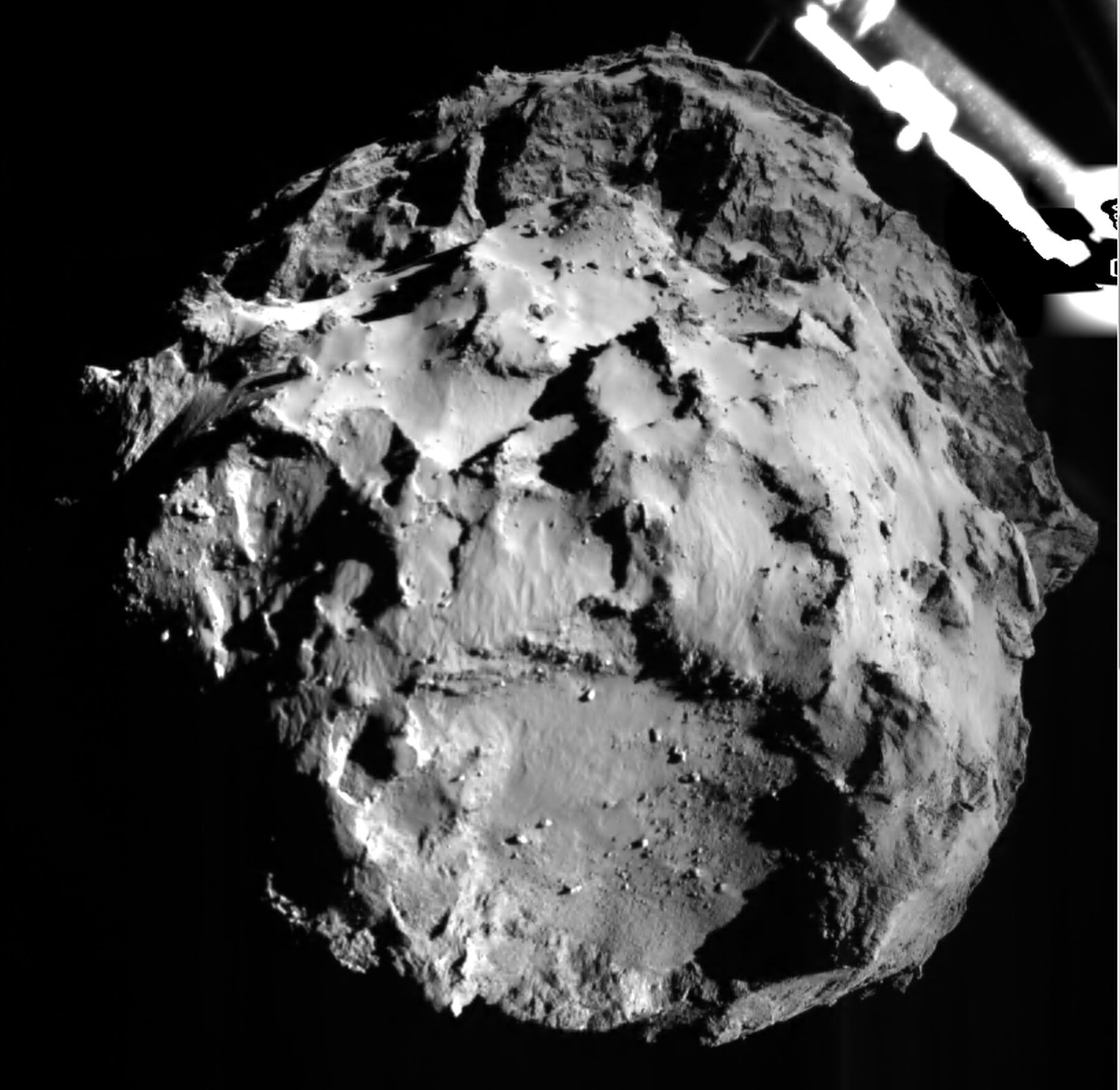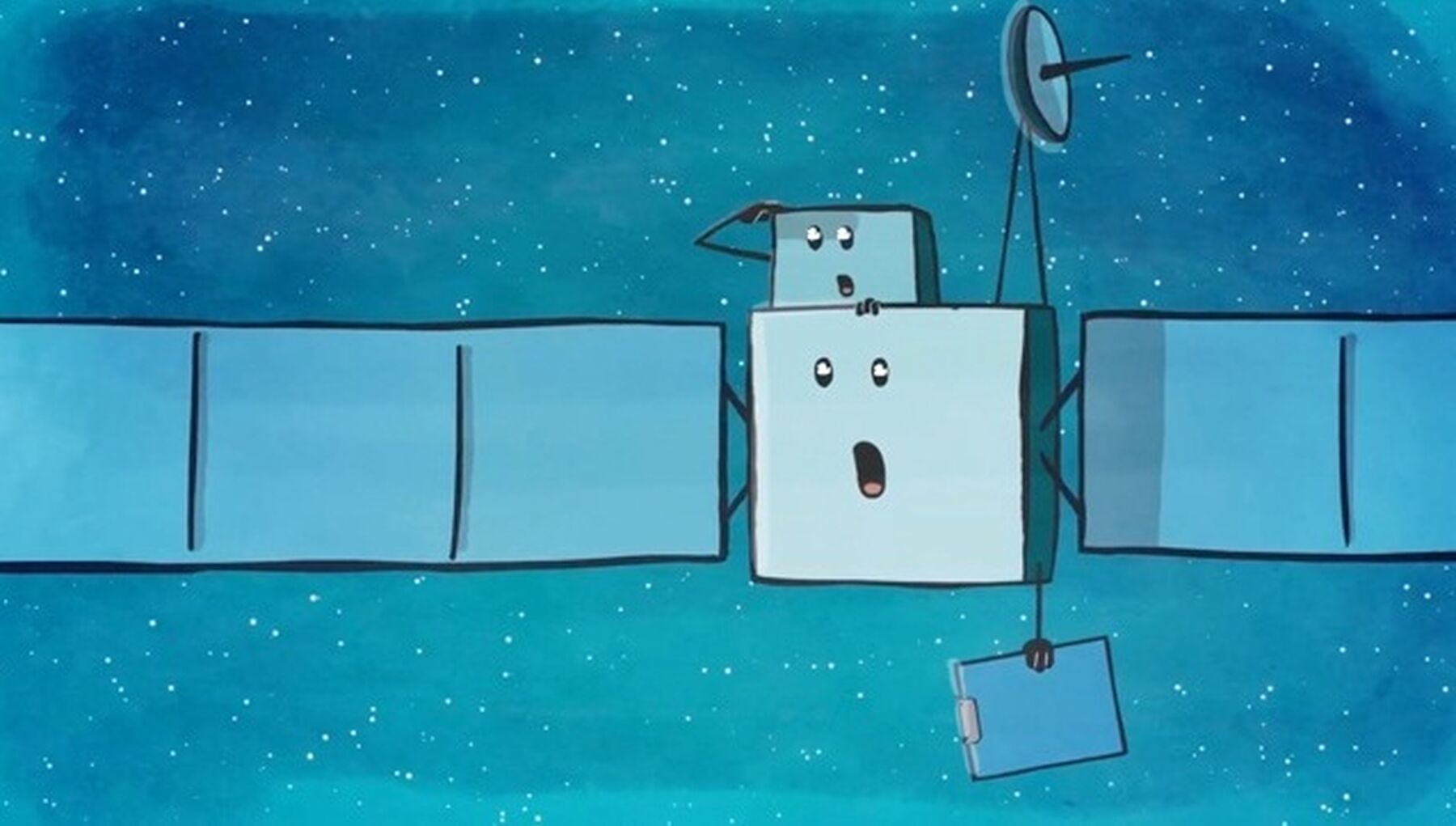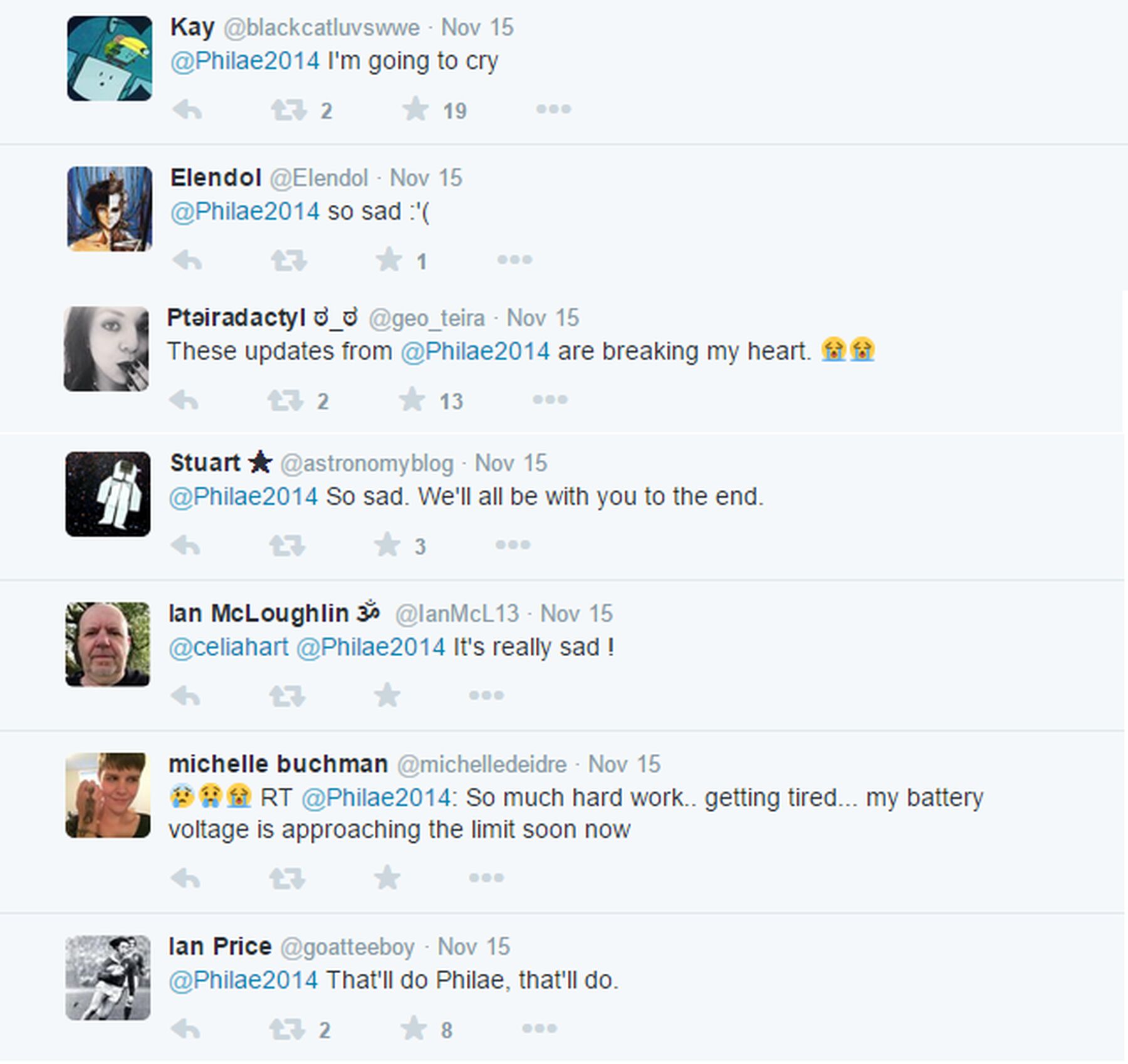Last week, a group of scientists at the European Space Agency (ESA) successfully performed an incredibly complex and ingenious manoeuvre that was a decade in the making, in an attempt to answer fundamental questions about the origins of life and the universe itself. For the first time in humanity’s history, we landed a robotic probe on a comet.

This was a momentous occasion for space exploration, and for a moment, it seemed as if the world was totally enraptured by it. But, unlike that moment in July 1969, when people sat in their living rooms, huddled around the television set awaiting the first glimpse of those grainy images of astronauts bouncing around the surface of the moon, last week's events played out differently.
While the Apollo missions may have been one small step for a man, and one giant leap for humankind, the Rosetta mission is one giant leap for a small robot, and in my opinion, a stellar example of modern science communication.
The media team at the ESA has been garnering public interest in the Rosetta mission ever since the probe came out of standby mode after 31 months of hibernation in deep space. Twitter has been the primary channel for doing this, with individual accounts created for each element of the mission. The "chatter" between these accounts has helped shape their character, and engage followers.
The ESA was certainly inspired by Nasa's Curiosity mission. Its video describing the "7 minutes of terror" that it took to land on Mars, and the subsequent popularity of the "first-person" tweets that Curiosity continues to send back (along with photos of the Martian surface) provide a good model for sparking public interest in space science, and making it accessible to anyone with an internet connection.

Let me introduce you to the two main characters of this story: Rosetta, the probe that is in orbit around comet 67P (otherwise known as Churyumov–Gerasimenko), and Philae, the lander that hitched a ride there with Rosetta. Through Twitter handles, ESA's social media team has created two adorable characters whose dialogue is both fascinating from a scientific point of view, as well as endearing.
Phew! Back in contact with Earth after separation. #CometLanding
— ESA Rosetta Mission (@ESA_Rosetta) November 12, 2014
Also now back in contact with @philae2014! Good to hear you again buddy :) #CometLanding
— ESA Rosetta Mission (@ESA_Rosetta) November 12, 2014
Ready when you are, @ESA_Rosetta. Give me a little nudge? #CometLanding
— Philae Lander (@Philae2014) November 12, 2014
Finally! I’m stretching my legs after more than 10 years. Landing gear deployed! #CometLanding
— Philae Lander (@Philae2014) November 12, 2014
We've been anthropomorphising robots in popular culture for decades. They represent the best of humanity, and when we send them off to places we cannot venture, they become pioneers for our species. The ability to convey this in real time to the entire planet through Twitter has captured people's imaginations. We're not huddled around a TV in the living room – we're glued to our phones and our tablets, in between meetings, or on the bus, or lying in bed, awaiting the next message from a little robot clinging to the side of comet.
Note on anthropomorphising robots: They are our emissaries to places we cannot tread. @Philae2014 is an extension of humanity...
— Dr. Ian O'Neill (@astroengine) November 15, 2014
...this is why we feel emotions for little @Philae2014 -- it may be nuts, bolts, aluminum and circuits, but it represents us. And science.
— Dr. Ian O'Neill (@astroengine) November 15, 2014
The mission took a dramatic turn on Friday evening when it became clear that the Philae lander wasn't receiving enough sun to power its solar cells, and thus unable to perform the vital experiments it had been sent to do. It was a race against time (and battery power) to get as much data back to Earth before the probe lost contact with us.
56 hours that I'm on the comet now conducting science measurements non stop!
— Philae Lander (@Philae2014) November 14, 2014
So much hard work.. getting tired... my battery voltage is approaching the limit soon now pic.twitter.com/GHl4B8NPzm
— Philae Lander (@Philae2014) November 14, 2014
The drastic shortening of Philae's lifespan and the desperate hope that it had successfully performed all necessary experiments created a palpable tension for ESA scientists, as well as everyone on Twitter who was following the action on the #CometLanding hashtag. The social media team conveyed the sense of urgency that had gripped mission control, as well as the sense of elation when it appeared that the brave little robot had managed to soldier on until the end.
#cometlanding I go to bed first quick check on twitter for updates. Get in bed turn off light...pick up phone check twitter. Ad infinitum
— MrGoatsmilk (@MrGoatsmilk) November 14, 2014
Race Against Time! A dwindling battery raises concerns on @ESA_Rosetta's comet probe mission. @Philae2014 please drill fast #CometLanding
— Saikat Nandi (@SaikatNandi) November 14, 2014
Communication link with @Philae2014 remains good. Teams working to download as much data as possible before battery depleted #cometlanding
— ESA Operations (@esaoperations) November 14, 2014
Shakespeare's best works aren't as dramatic as this! #CometLanding #Philae #Philae2014
— Mark Summers (@marksummers24) November 15, 2014
Okay this really is becoming (after Apollo) the most exciting mission in space history.. huge kudos to all @esa et al for pure brilliance
— Nick Howes (@NickAstronomer) November 14, 2014
C’mon… you can do this! “@Philae2014: My last scheduled measurement for part 1 of #CometLanding is @ConsertRosetta: just started!”
— Phil Plait (@BadAstronomer) November 14, 2014
My controlroom after a more than 100% successful #CometLanding (watch the party in the background) pic.twitter.com/CmnoKMBVUY
— Philae Lander (@Philae2014) November 15, 2014
Philae came and went in less than a week, but the human touch that was given to the account brought real emotion to the events of Friday night, and moved people. This is the power of social media.
.@ESA_Rosetta I'm feeling a bit tired, did you get all my data? I might take a nap… #CometLanding
— Philae Lander (@Philae2014) November 15, 2014
Jesus, this is like when WALL-E almost died.
— Ed Yong (@edyong209) November 14, 2014
I'm getting so emotional over the little robot @Philae2014 He is a brave little robot. #CometLanding
— Cosmic Ray Girl (@cosmicraygirl) November 15, 2014
Do not go gentle into that good night, Rage, rage against the dying of the light. @Philae2014 #CometLanding
— Jason Major (@JPMajor) November 14, 2014
Shhhh everyone.... shhhhhh...... Sleep well, little one, we'll wait for you to wake... pic.twitter.com/4TT4Si18cX
— mars_stu (@mars_stu) November 14, 2014

The social media team's ability to create a relatable character and tell a great story, while adapting to real-life crises and remaining accessible and up-to-date, is a good example of how to wield digital communication channels effectively.
There is still plenty more science to come out of the Rosetta mission, and things are expected to heat up again – literally – as the comet approaches the sun in August 2015. Twitter continues to be a powerful tool for communication, whether it's breaking news, uniting social activism, bringing down dictatorships or sharing groundbreaking scientific endeavours from the edge of human exploration.



